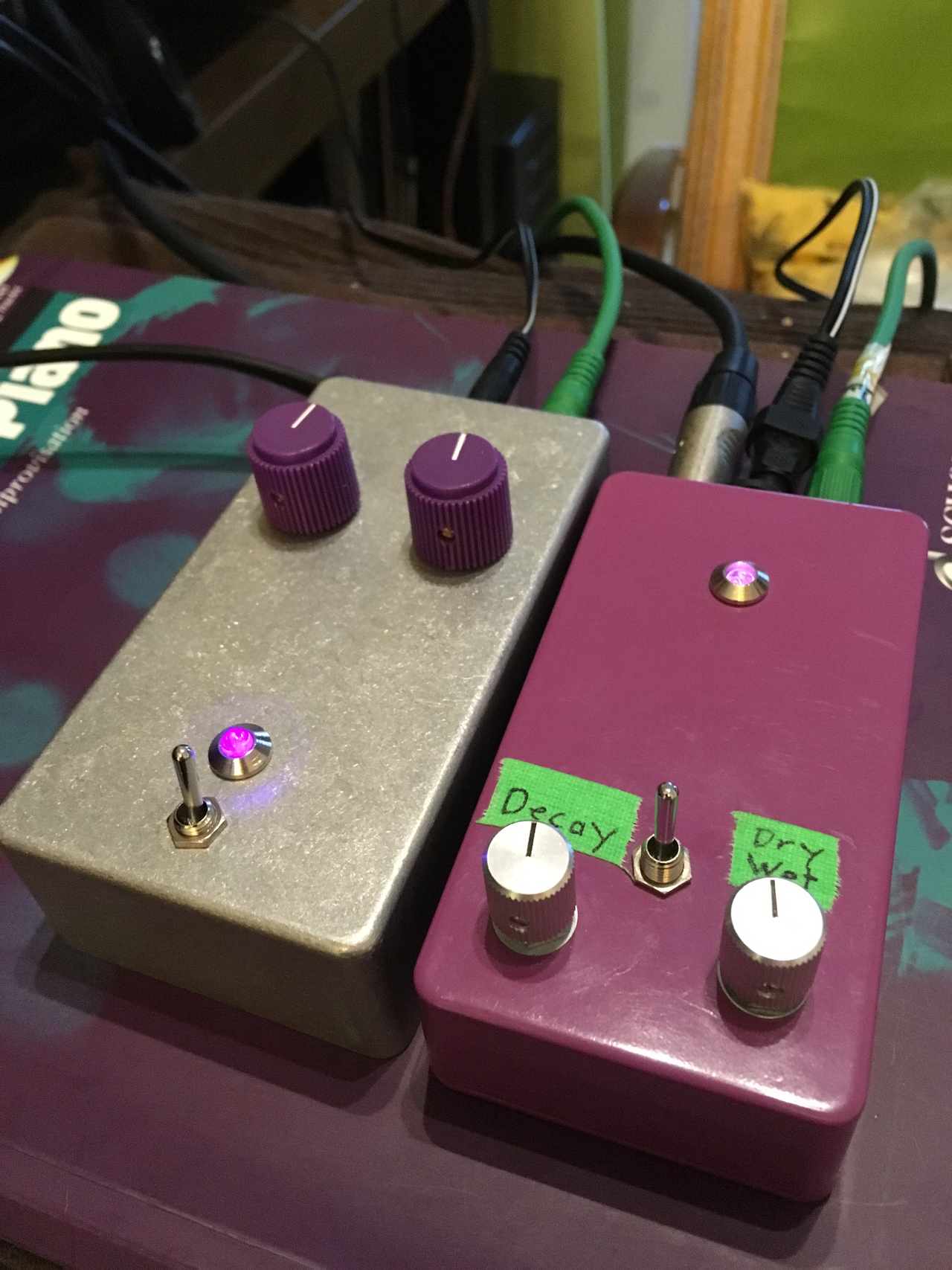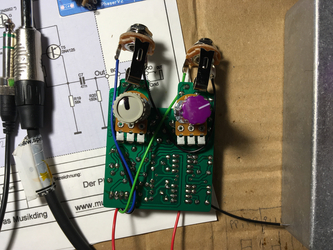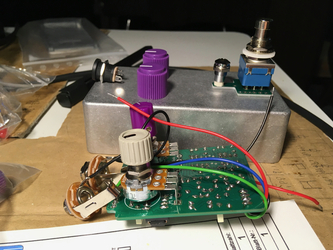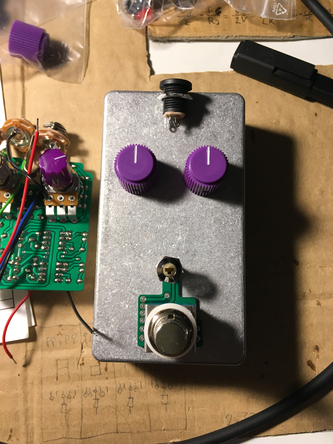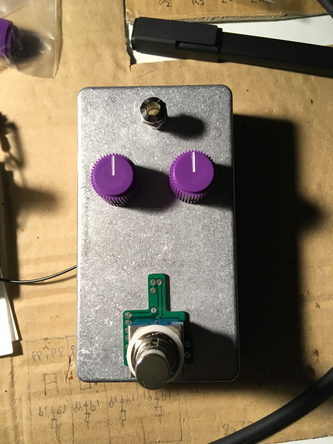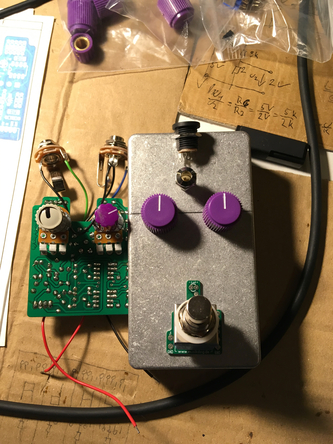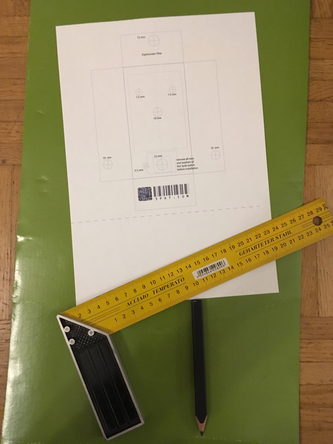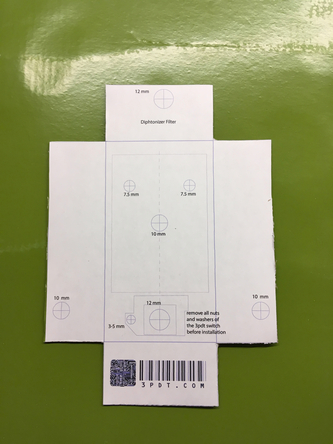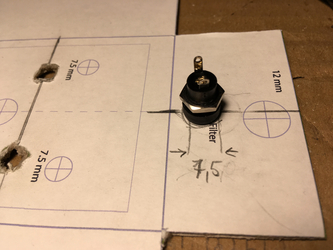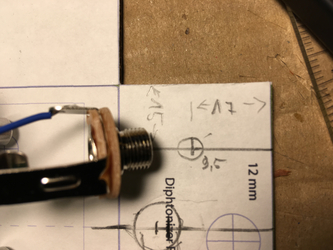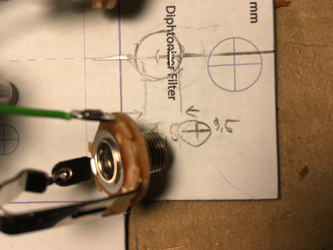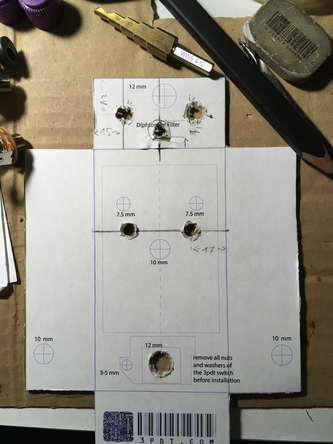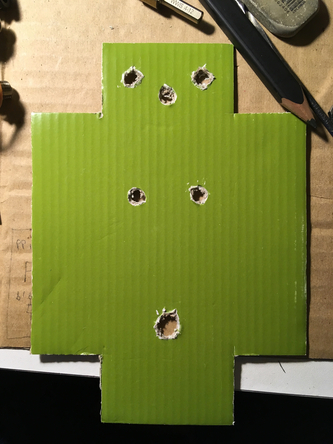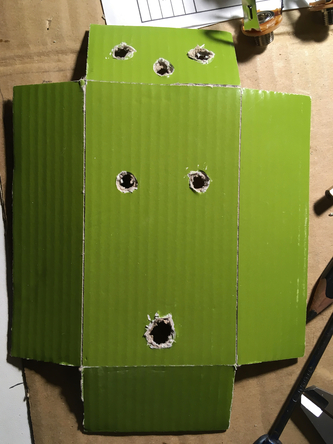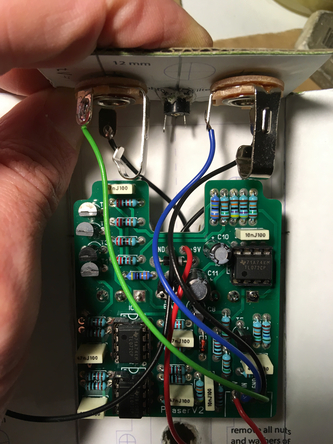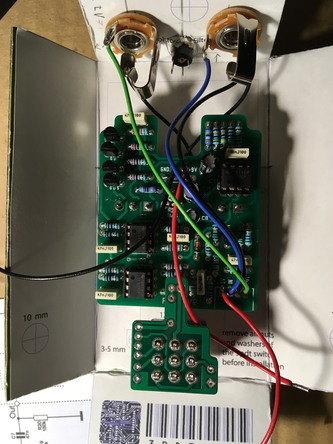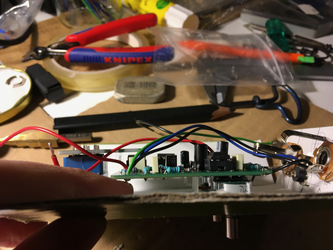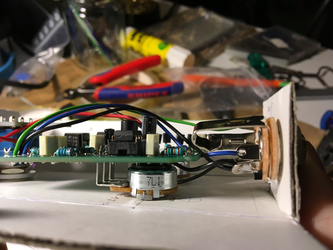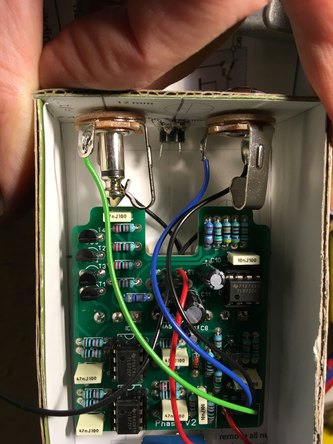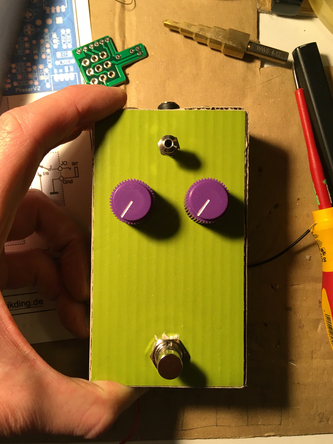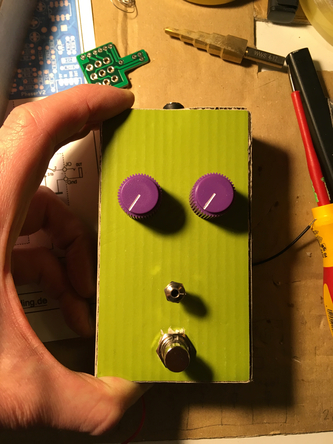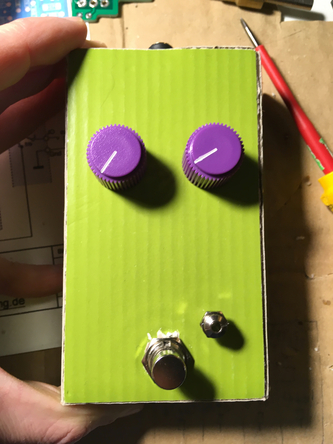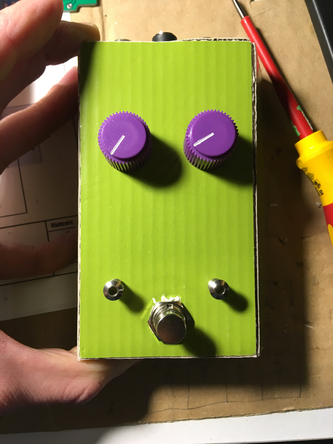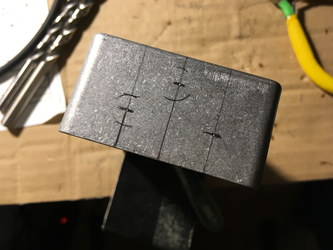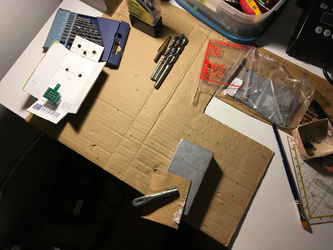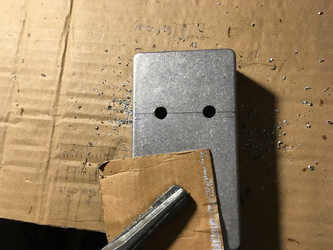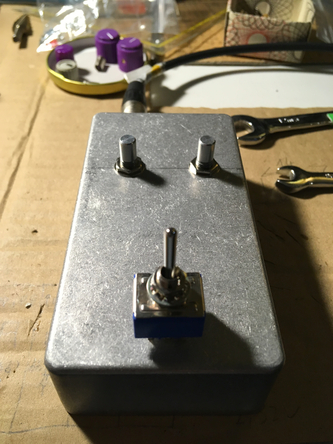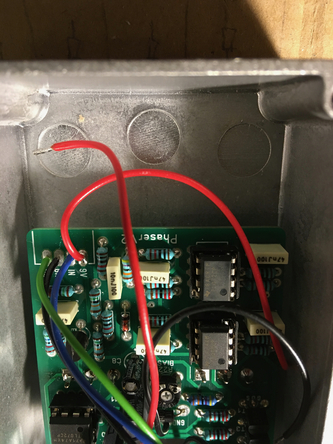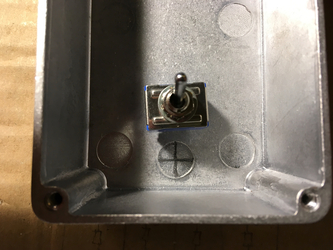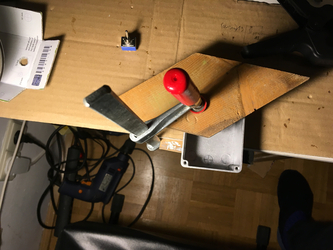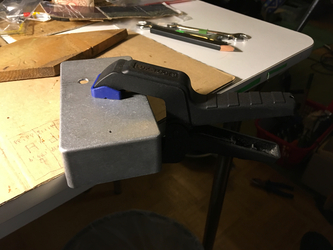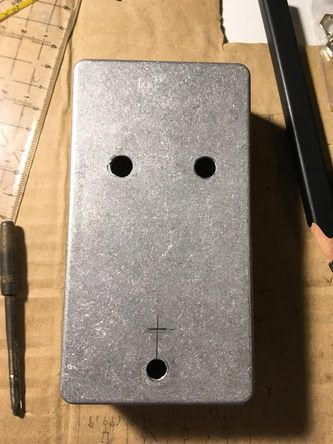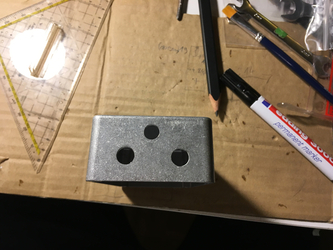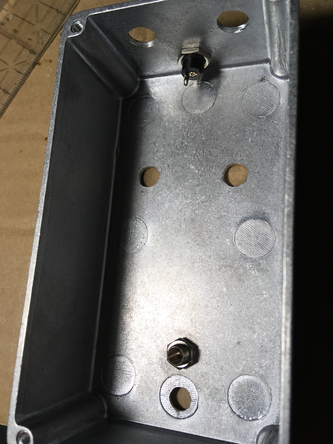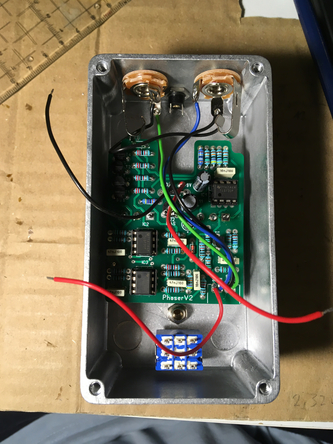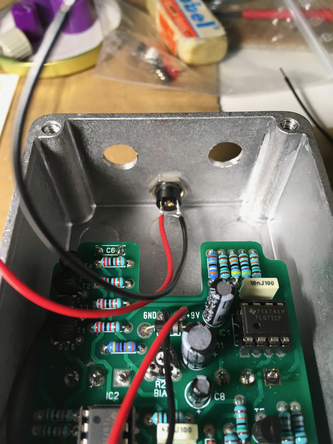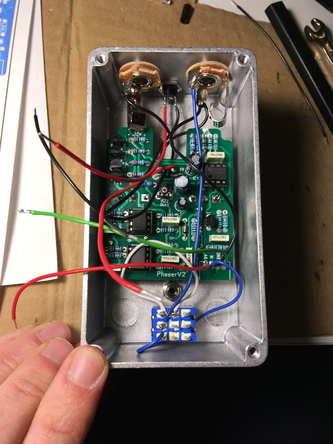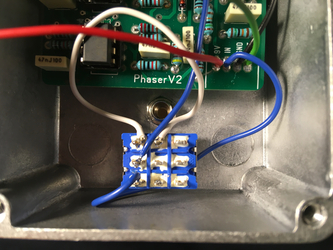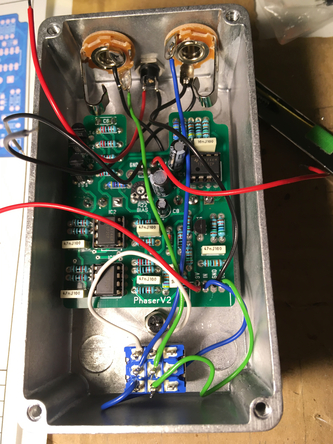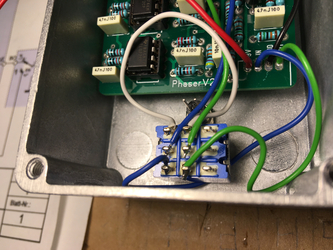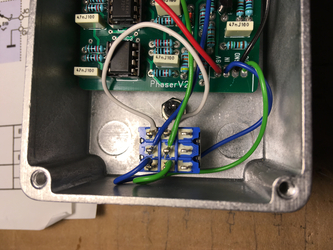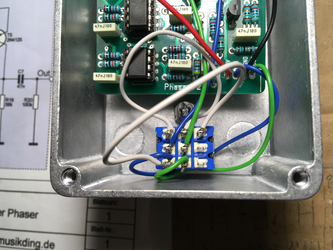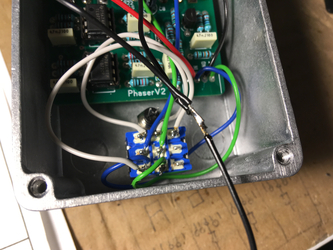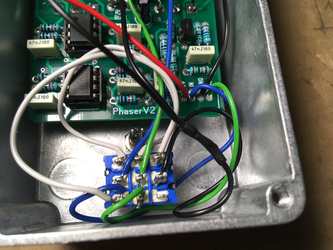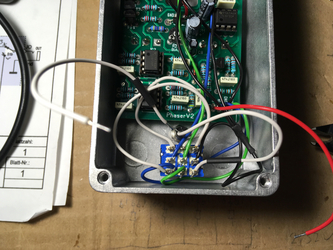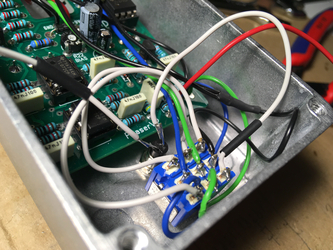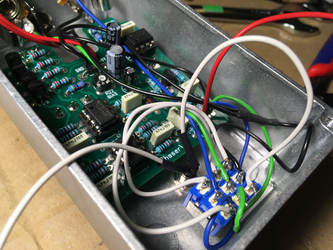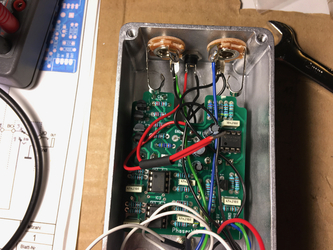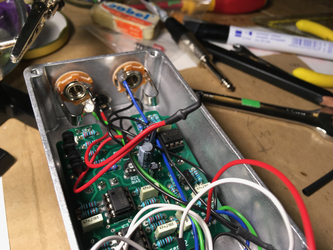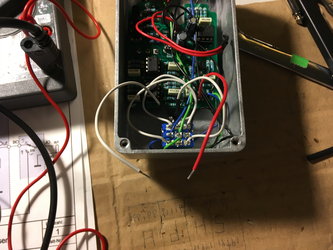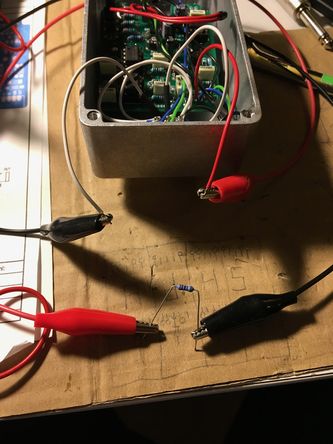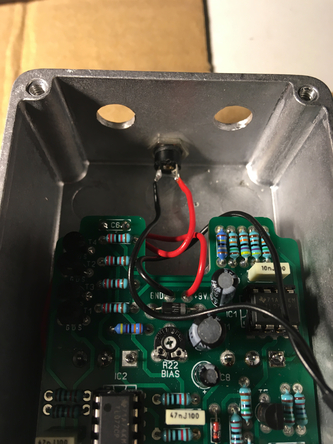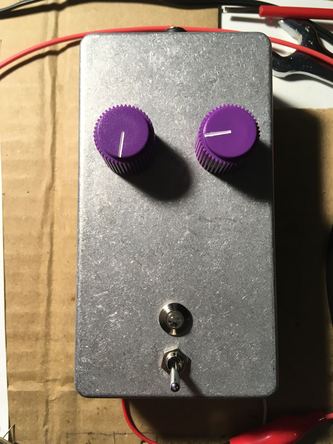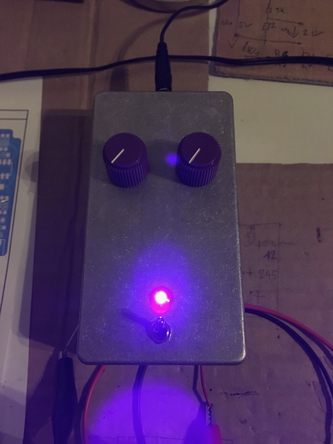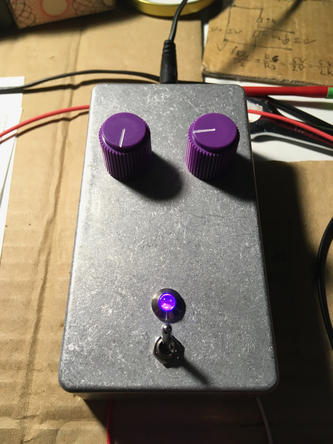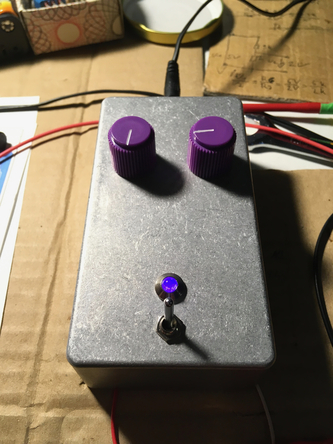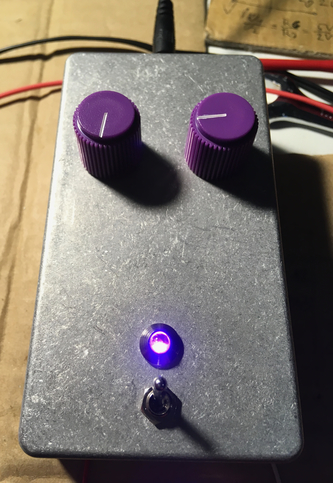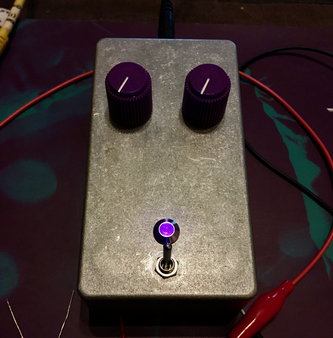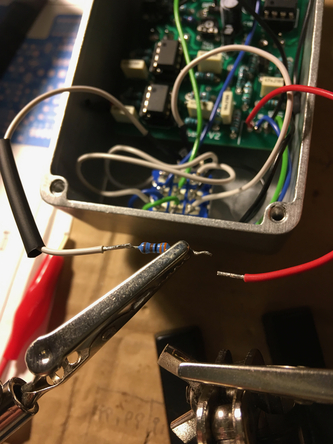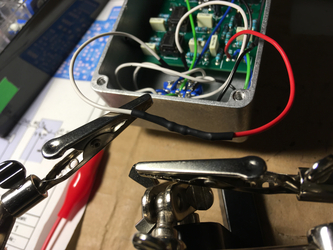Budget FX #1 - The Phaser
Sometimes DIY is frustrating: Projects are on-hold because things broke, components are missing and hard to find, and again you are uncertain if the thing you are trying to build will ever do what you want…
Squeezing in a project with a more or less predictable end might help gain back some motivation…and these days…could help making another lockdown bearable.
This is the first in a series of posts aimed at beginners and people experiencing aforementioned syndrome trying to finally finish something ;-). Building “guitar FX stomp boxes” from made-up kits - We start with The Phazer. My favorite components shop musikding.de kindly sent me this kit for free a long time ago already. I had asked them for some promo material and promised I’ll do a post about building it. Years later…
Funnily enough I didn’t take any picture of soldering the actual circuit board but let me tell you that getting done the PCB is not the tricky part. If you’ve never soldered before, watch some youtube. Future posts in this series might contain some PCB soldering pics but here’s some basics I usually try to follow: Start with small components, then advance to bigger ones. Don’t put too much heat on semiconductor-based components but don’t make the typical beginners-mistake of putting too less heat on your soldering iron: It would only force you to touch the components long enough to harm them because that damn solder is not melting!
Finally, let’s get to what this post is about: Fitting everything into a tiny case…
Think ahead
Once you’ve drilled holes in your case its too late to reconsider! For this project I used an aluminium case from Hammond Manufacturing. These cases seem to be kind of a standard for DIY guitar stomp boxes. You might want to get a pre-colored case along with your order or choose the cheaper option and color it yourself. For a lot of kits in the shop, the “Box Type B” is the right choice. The manufacturer’s partnumber is “1590B”. Make up your mind where you want the device’s in/out jacks, knobs and switches, the LED and the power connector.
Make sure it fits
To really make sure all your components fit into the case, consider building a cardboard prototype. At this point it’s likely you’ll reconsider the placing of certain components. You’ll find exact measurements on the case manufacturers website. Draw the template yourself or just google for “Hammond 1590B drilling template”.
The point of no return
You’ve planned thoroughly - drill the holes! In my case I decided last minute to use a regular toggle switch instead of the foot switch that came with the kit. It needs to be a 3PTD switch, e.g this one.
Mount and wire components
Download the wiring schematics from the “Build Documents” tab on the kit’s product page. I didn’t use the little extra PCB that came with the kit to ease soldering the foot switch but soldered the wires to my 3PTD switch directly. In case you want to use the original foot switch, using that thing makes soldering a lot easier.
Final styling
Which LED color works best with the color of case and knobs? Also to me personally it’s important to properly adjust the brightness of the LED. I find devices with super-bright LED’s also super-annoying ;-). This can be adjusted by playing around with different limiting resistors. Fortunately this resistor is not on the PCB and ment to be soldered right onto either of the LED’s connectors using some extra pieces of wire. I used two pairs of clamps to try out different resistors to adjust the brightness and decide on the color.
Hook it up and play!
Next to its slightly smaller brother - The 3-Verb - which hopefully will be featured in a future post:
